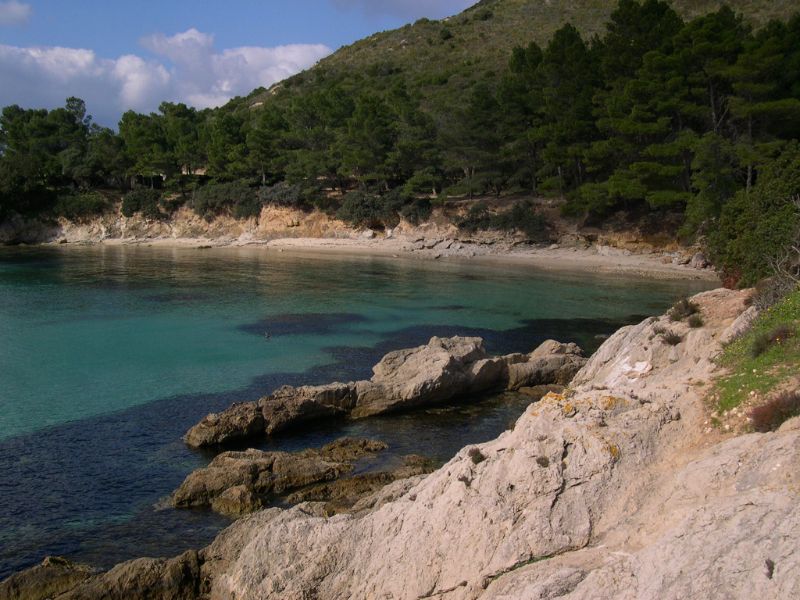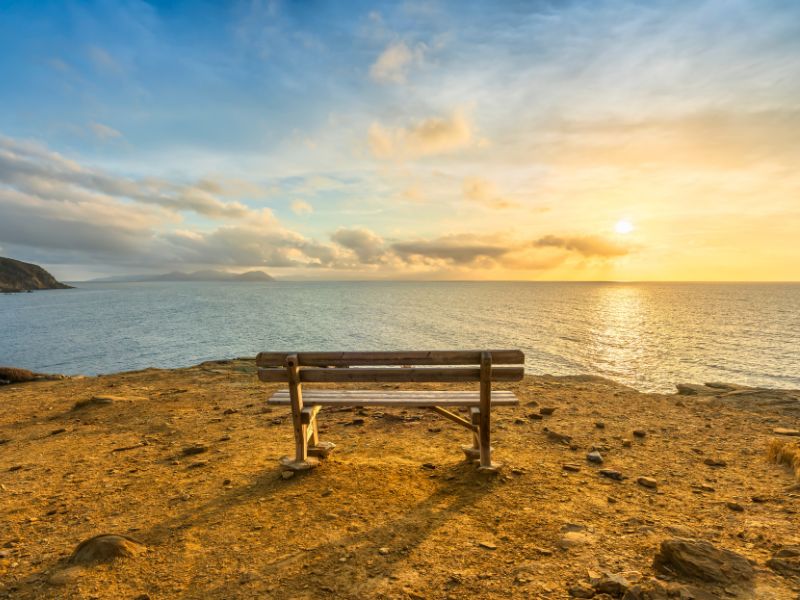Itinerary from Cala Moresca to the Gulf of Baratti
4 min · 1 Aug 2024

What to see along the Costa degli Etruschi? Here is a not-to-be-missed itinerary marked by natural and historical aspects of unparalleled beauty that follows the ancient Via dei Cavalleggeri, a coastal path from Cala Moresca to the beautiful Gulf of Baratti. It is called ‘dei Cavalleggeri’ because in medieval times it was used by the ‘financiers’ who had the task of guarding the stretch of coastline on behalf of the Pisan Republic. The route winds all along the coast and offers enchanting panoramic views of the Etruscan Coast and the Island of Elba.
DETAILS
Means: on foot
Length: 17 kilometres
Duration: 6-7 hours
Difficulty: medium
The itinerary starts at Cala Moresca, from one of the entrances to the network of paths for the Piombino promontory. It begins with a dirt road that gradually narrows to a path. From the main path, thanks to well-marked detours, it is possible to reach the beach of Fosso delle Canne and Cala San Quirico. Continuing along the route, one arrives at the slopes of Poggio Tondo, where one can admire the ruins of the Monastery of San Quirico, a Benedictine ecclesiastical complex built in the 11th century, whose activity lasted until the 16th century, when it was abandoned. Surrounding the cloister, once richly decorated with sculptures, are the church and monastic rooms, dominated by the majestic tower.
At a certain point, taking CAI path number 301, it is possible to deviate towards Buca delle Fate, a semi-hidden rocky inlet steeped in enchantment and history. It is said to have been inhabited by mermaids, who with their charm and melodious song bewitched fishermen, in order to capture them and never let them return to dry land (a myth from which the name derives). Along the route to it, some underground chamber tombs of a necropolis built at the turn of the 3rd and 2nd centuries BC are visible.
Continuing on, after parking at Reciso, you reach the medieval village of Populonia, a fascinating place rich in history, situated on a promontory with a magnificent view of the sea and the islands of the Tuscan Archipelago. It was an important Etruscan city, as attested by the artefacts found in the Archaeological Park of Baratti and Populonia. The park is divided into two distinct visiting areas: the lower part, with the two Etruscan necropolises, the limestone quarries and the industrial quarters; and the upper part, with the acropolis and the remains of the huts of the first Etruscan settlement. In addition to the archaeological area, the following are noteworthy: the Church of Santa Croce, of Romanesque plan, probably built between the 12th and 13th centuries; and the Etruscan Museum of Populonia – Gasparri Collection, which houses the archaeological finds from the Gasparri family’s private collection.
Finally, the itinerary descends to the Gulf of Baratti, an enchanting inlet whose uniqueness lies in the beautiful nature in which it is immersed. The gulf is characterised by a splendid sandy beach (both free and equipped), considered one of the most beautiful in Tuscany. Bordered by a centuries-old, fragrant pine forest, it is bathed by a crystal-clear, iridescent sea, with shades ranging from blue to emerald green. There is also a small harbour where some boats are moored and can be hired for excursions along the coast.
To return to Cala Moresca, retrace your outward journey or alternatively take CAI path number 302.
For more information and to download the GPX/KML track click here.
Featured photos © Ambito Turistico Costa degli Etruschi








